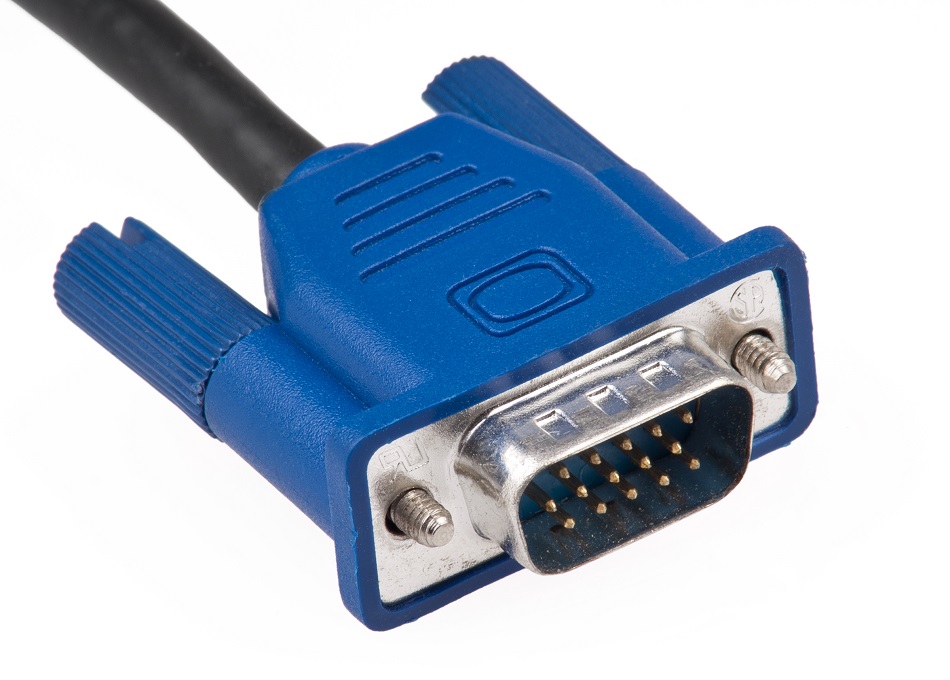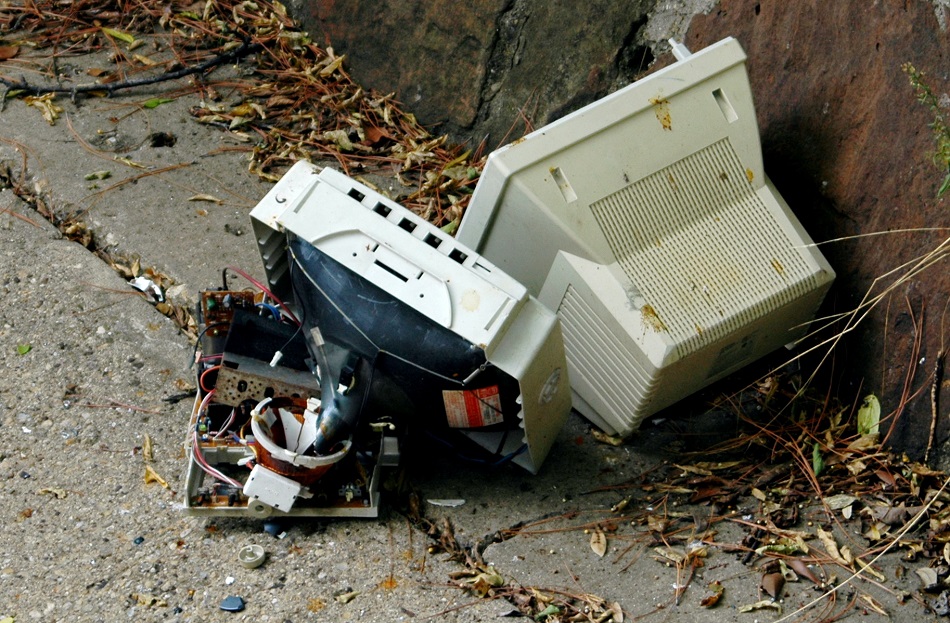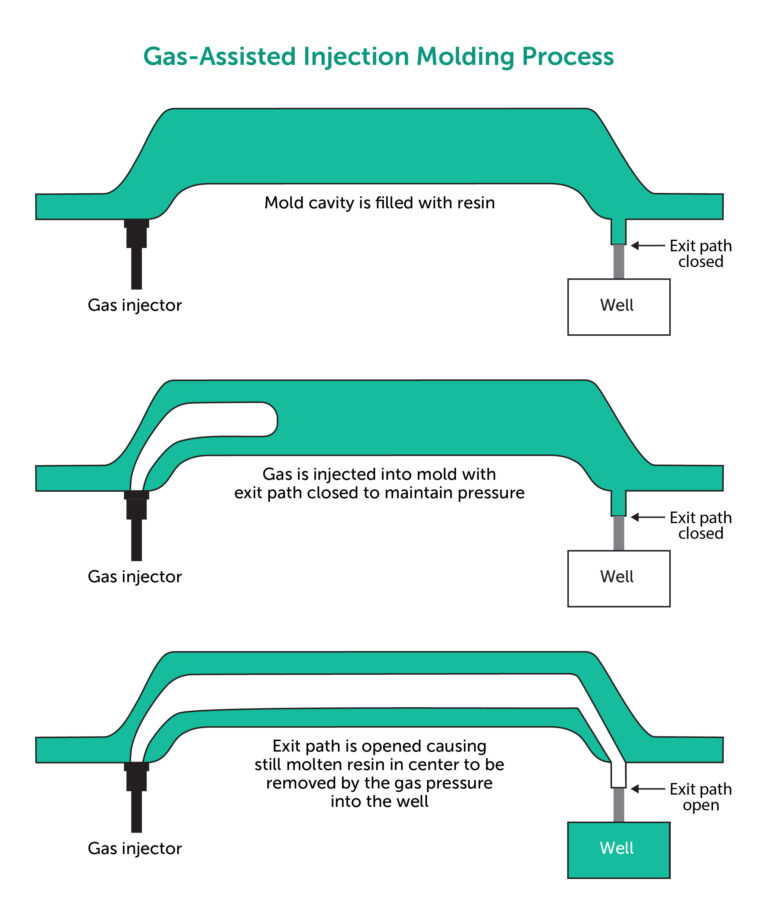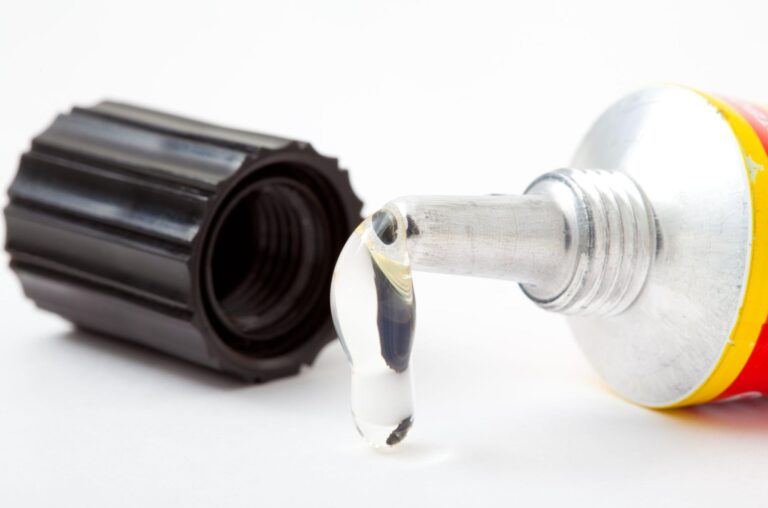Time to read: 5 min
All right, all right! I’ll confess: I’m part of the last generation to enter college without a cell phone—part of the last generation to graduate before iPhones were even on the market (Gasp! The horror!). My parents gave me my sister’s old phone as a sophomore, and I remember not wanting it, only begrudgingly accepting it with the caveat, “Just don’t expect to reach me.”
More than a decade later, I’ve had nine different phones, typically upgrading after less than two years. It’s not that these phones quit working (except the one I dropped off a cliff while rock climbing—a story for another time), but these phones simply weren’t up-to-date enough to continue using. New software comes out continuously, and older hardware design can’t keep up. Worse, most of the phone components we dump every year can’t be recycled, much less upgraded. Enter design for disassembly: the design philosophy requiring easy dismantling for repair, upgrade, remanufacture, or recycling.
The New Hardware Lifecycle
Since the 1950s, when electronics and plastics were becoming common consumer products, we’ve used a linear lifecycle plan for new designs: natural resources to raw materials to manufactured products to consumer use to landfill. But isn’t there a better way? Of course!

Instead of thinking linearly, with design for disassembly, we open up possibilities to extend usable life—and to shorten the loop on recycling—without breaking down components into raw materials to become useful again. Hardware designs often use valuable components that can be repaired, upgraded, reused in new products or, at the end of life, recycled to save natural resources. For any of these potential redemptions of hardware, an important aspect of the design is that it be easily taken apart. In other words: Design hardware for disassembly, to extend its life.

For Easy Repair, Design for Disassembly
In any design, the most efficient use of materials is to function as long as possible, and this means that the hardware design facilitates easy repair.
Accessing internal components should be quick and easy, minimizing both the number of steps required for disassembly and the number of fastening components that need to be removed. Fasteners should be removable using common tools, too—for instance, cross head screws are easier to find drivers for than esoteric star or square drive screws. Also, make sure that all the fasteners to remove a panel can be seen from a single viewing angle, without flipping the product.

Snap fits can also be a great assembly feature that is also easy to disassemble, but with some caution: The snap fits must be visible, with a clear method to disengage the snap, and snaps should also have plenty of flex, to allow for multiple cycles of engaging and disengaging, so that they won’t be easily broken during repair.
Equally important to consider in design for disassembly is what to avoid. Obviously, permanent adhesives make disassembly impossible, as do welded or heat-formed plastic joints. And when thinking of repair, carefully consider which components are most likely to break, and make them accessible before more durable components, so the user isn’t required to, say, completely disassemble a phone to access the screen. (I love my iPhone, but I always get the sense I’m clumsier than the consumer Ive and Jobs had in mind.)
For Easy Upgrade, Design for Disassembly
In addition to repair, designing hardware for disassembly allows for a longer life through easy upgrades, allowing some components to live on even as others become obsolete. Of course, way back when I went to college, everyone had tower computers (very few students could afford laptops back then—my god, am I getting old?), and these were a great example of easily upgraded hardware designs.
A key feature of an upgradable design is modularity, allowing components to be easily swapped for newer versions of the same part. When the function is not obvious, clearly labeling components helps with this, allowing even non-techies to easily upgrade their hardware.

Also important: standard connectors. Think about the 15-pin VGA connectors still used to connect monitors or projectors to computers: They were common in the late 1980s and are still used frequently in industrial equipment, allowing for thirty years of easily interchangeable components.
Some designers are taking modularity a step further, and Google is even experimenting with a new phone that has a multitude of components that snap together, almost like Lego bricks. Imagine how long you could have a single phone, if all the components could be upgraded piece by piece!
For Easy Remanufacture, Design for Disassembly
Another way to shorten the recycling loop is to allow hardware designs to be easily remanufactured. When only a small percentage of components fail within a design, there’s no reason to waste the useful parts, and design for disassembly plays a key role in allowing for a factory to turn the working parts into a good-as-new design.

Remanufacturing hardware becomes easier when components are shared across models and product lines, so it helps to think of this on a company-wide level, where possible, as well as looking at hardware that can be copied from one generation of product to the next. Twenty years ago, computer equipment was outdated by the time it reached retail stores, but in many areas, hardware development is slowing, and so continuing to use a few older components in new designs makes good design sense.
For Easy Recycling, Design for Disassembly
When a product can no longer practically be repaired, upgraded or remanufactured, the lifecycle has come to an end. However, there’s no reason for hardware designs to end up in a landfill: All hardware has costly raw materials just waiting to be reused. But how do you access those materials? Design for disassembly, of course.
One of the biggest hindrances to material recovery is that materials are mixed together. Aluminum and plastic are both easily recyclable separately; when bonded together, they both become waste. Ensure different types of recyclable materials are easily disassembled from each other and that each is clearly labeled for recycling.

With plastics, an additional consideration is contaminants, such as paint or glue, which can degrade the plastic or even render it completely un-recyclable. It’s best to use non-adhesive joints and have any color mixed directly into the plastic itself, rather than painted on the surface.
With these simple techniques, your hardware design can end its life not in the landfill, but in the factory, ready to become a brand new product.
For a Greener Planet, Design for Disassembly
My grandmother used the same rotary dial phone from 1960 till 2014. While I doubt anyone in our generation will ever have a phone that lasts that long, perhaps with the right type of hardware designs, our new products will last longer, and possibly even have components that continue on into new products. Design for disassembly is a great way to increase the useful life of designs, and work towards a greener company that also helps the bottom line. Want to make your next product easier to “short cycle”? Share this article with your co-workers and get started today!
Want to know more about what Fictiv can offer your team? Check out our Capabilities Guide.










